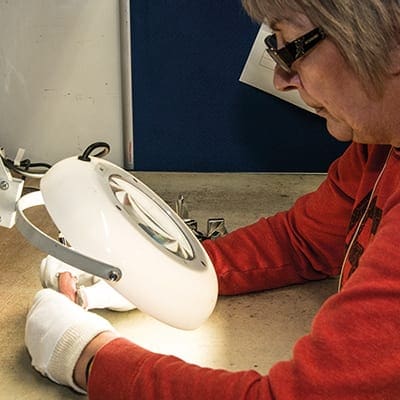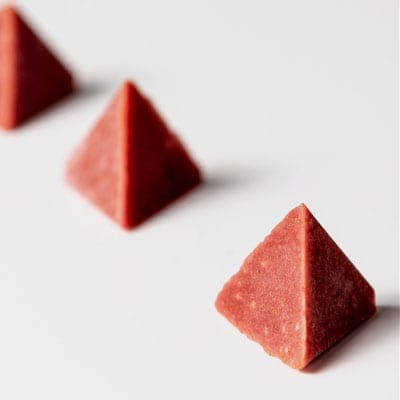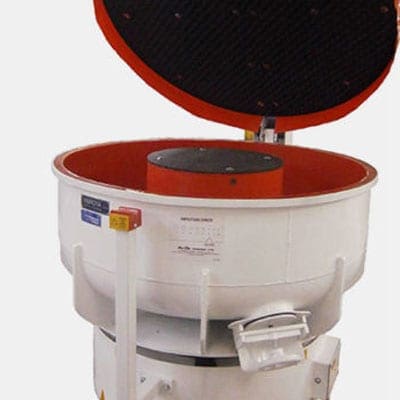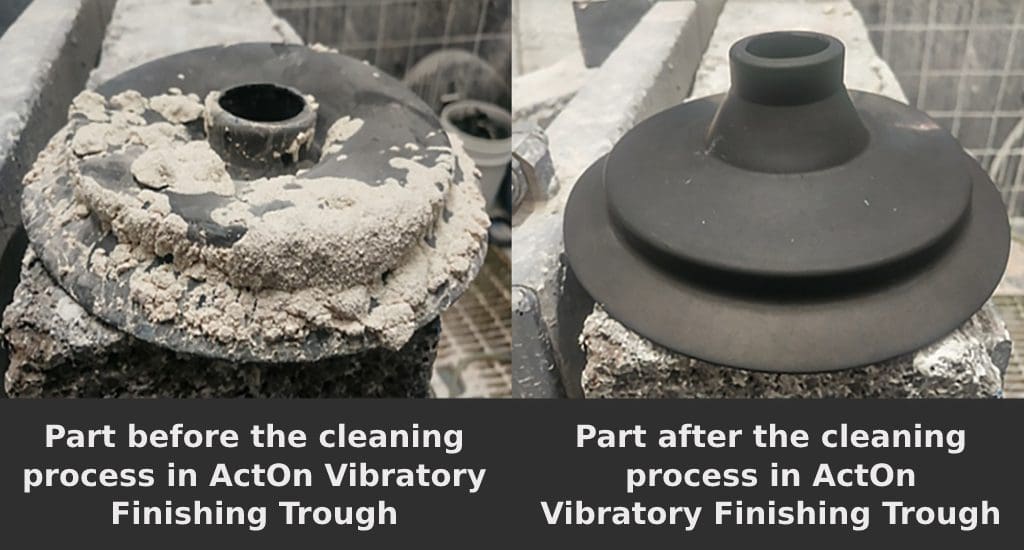-

-

-
- About
- Industries
-
Sub-Contracting
-
- Consumables
-
Cleaning
-
- All Ultrasonic Machines
- TT Standard Ultrasonic Series
- LT Pro Laboratory Ultrasonic Cleaning Machines
- MOT Automotive Ultrasonic Cleaning Machines
- One Tank Industrial Ultrasonic Cleaning Equipment
- Manual Multistage Ultrasonic Cleaning Equipment
- Multistage Automatic Ultrasonic Cleaning Machine
- Ultrasonic Generators
- Ultrasonic Cleaner Solution
-
-
Blasting & Peening
-
- All Shot Blasting Machines
- Powertrack Junior Portable Blast System
- Powertrack Portable Blast System
- ActOn Mobile Shot Blasting Room
- ECO Shot Blasting Machines
- Premium DI Suction Blasting Machines
- Premium DP Pressure Blasting Cabinets
- AWB Wet Blasting Cabinet
- Premium NP Wet Blasting Cabinets
- Automated Wet Blasting Machine
- NF Sandblasting Cabinets
- DLyte eBlast – Electro Shot Blaster
- AM Shot Peening and Blasting Series
- Automated Shot Blasting Equipment
- All Wheel Blasting Machines
- Spinner Hanger Blast Machine
- Tumble Rubber Belt Shot Blasting Machine
- Tumble Steel Belt Shot Blasting Machine
- Wire Mesh Belt Shot Blasting Machine
- Continuous Feed Overhead Rail Blasting Machine
- Roller Conveyor Blast Machine
- Continuous Feed Tube & Bar Blast Cleaning Machine
- Rotary Table Shot Blasting Machine
- Tunnel Concrete Shot Blast Machine
-
-
Surface Finishing
-


-
Surface Finishing
- All Mass Finishing Machines
- Vibratory Bowl Machines
- Vibratory Trough Machines
- Dual Finishing Machines
- Dryers
- Centrifugal High Energy Machines
- Disc Finishing Machines
- LE30 Rotary Barrel Machine
- Wheel Polishing Machine
- Automation for Mass Finishing
- Mass Finishing Accessories
- All Vibratory Machines
- Vibratory Dual Machines
- Vibratory Consumables
- Vibratory Bowl Machines
- Vibratory Trough Machines
- Dlyte Technology
- Waste Water Treatment
- REFURBISHED MACHINES
-
Blasting & Peening
- All Shot Blasting Machines
- Powertrack Junior Portable Blast System
- Powertrack Portable Blast System
- ActOn Mobile Shot Blasting Room
- ECO Shot Blasting Machines
- Premium DI Suction Blasting Machines
- Premium DP Pressure Blasting Cabinets
- AWB Wet Blasting Cabinet
- Premium NP Wet Blasting Cabinets
- Automated Wet Blasting Machine
- NF Sandblasting Cabinets
- DLyte eBlast – Electro Shot Blaster
- AM Shot Peening and Blasting Series
- Automated Shot Blasting Equipment
- All Wheel Blasting Machines
- Spinner Hanger Blast Machine
- Tumble Rubber Belt Shot Blasting Machine
- Tumble Steel Belt Shot Blasting Machine
- Wire Mesh Belt Shot Blasting Machine
- Continuous Feed Overhead Rail Blasting Machine
- Roller Conveyor Blast Machine
- Continuous Feed Tube & Bar Blast Cleaning Machine
- Rotary Table Shot Blasting Machine
- Tunnel Concrete Shot Blast Machine
- Refurbished Machines
-
Cleaning
- All Ultrasonic Machines
- TT Standard Ultrasonic Series
- LT Pro Laboratory Ultrasonic Cleaning Machines
- MOT Automotive Ultrasonic Cleaning Machines
- One Tank Industrial Ultrasonic Cleaning Equipment
- Manual Multistage Ultrasonic Cleaning Equipment
- Multistage Automatic Ultrasonic Cleaning Machine
- Ultrasonic Generators
- Ultrasonic Cleaner Solution
- Vibratory Finishing Machines
- Consumables
- Sub-Contracting
- Industries
- About
- Free Trial
- Contact us
ActOn Case Studies
Surface Finishing an Inconel 3D Printed Part
More and more companies choose additive manufacturing as an option to manufacture components and for prototyping. This technology has enabled a large number of industries to improve their production output as 3d printing is a relatively quick way to produce parts. Nonetheless, after parts have been printed, most of these require to undergo a surface finishing process to get a nice smooth end product finish.
In this case study, we look at how you can achieve a smooth and polished surface finish on an Inconel 3d printed part in a short time.
Project Background
Client approached ActOn Finishing team to develop a process to allow him to achieve a smooth and polished finish on an Inconel 3d printed part. The part’s surface roughness average before being processed was 7.72 µm.
The Solution – Surface Finishing an Inconel 3D Printed Part
Due to the previous studies, we conducted on Inconel 3d printed parts, we decided that the most effective way was to finish the component was in the Centrifugal High Energy finishing machine. Some of the advantages of this machine includes:
- Shorter processing times, in comparison with traditional finishing methods;
- We built this technology particularly for applications like achieving a high surface finish requirement, a mirror finish and the removal of heavy manufacturing defects;
- The results are always consistent and repeatable
Further to our trials we achieved the final finish in a 2-stage process:
- To smooth the surface of the Inconel 3d printed part we used a mix of highly abrasive ceramic media, a concentrated cleaner and polisher compound and water.
- For the polished effect the component was finished in high density polishing media, using LQ9 compound, a specially formulated brightening and polishing compound. This compound is one of our best-selling products for polishing processes and is used by companies from a wide range of industries.
The process benefits include:
- The CHEF process offered a 94% loss in roughness average.
- The finishing results are consistent and repeatable.
- Part’s geometry was intact after the CHEF process.
| Part Identifier | Roughness Average Before Process (µm) | Roughness Average After Process (µm) | Total Ra Loss (µm) | %Ra Loss |
|---|---|---|---|---|
| Inconel 3D printed part | 7.72 | 0.84 | 6.88 | 94 |
Result
This process achieved a 94% loss in roughness average, as requested by the customer (see table below for specific data). Furthermore, the smooth and polished finish required was achieved in only 5 and a half hours without affecting the part’s geometry.
Before / After
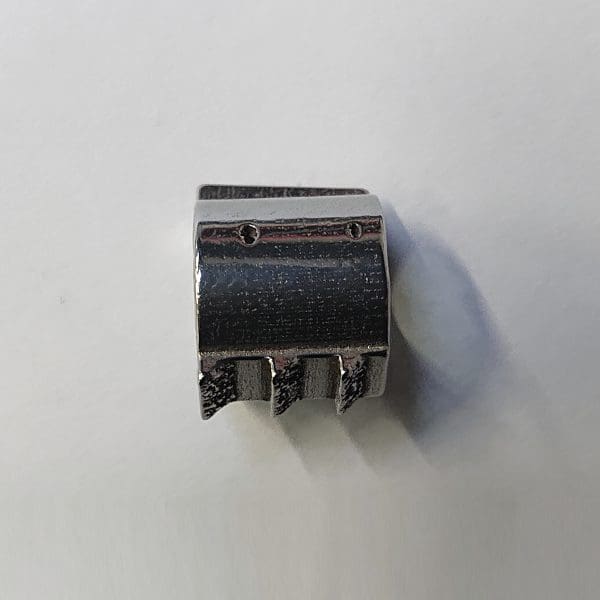
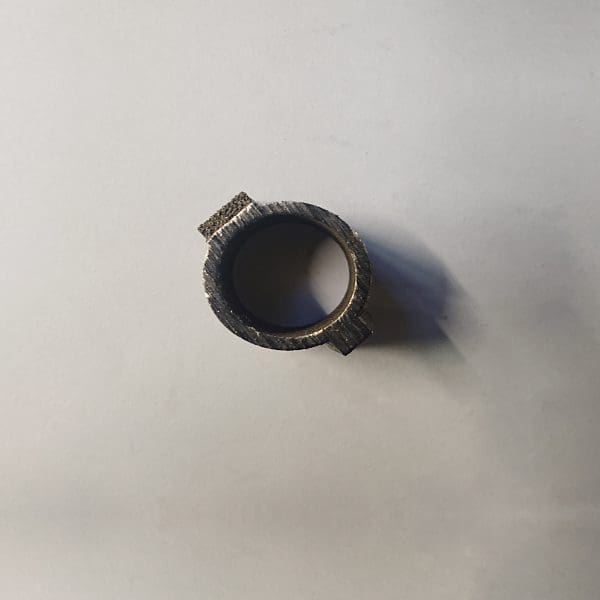
Interested in Finding out More?
To learn more about ActOn’s finishing technology for Metal 3D Printing industry click here. For further information regarding the finishing process contact our technical team.
Contact





